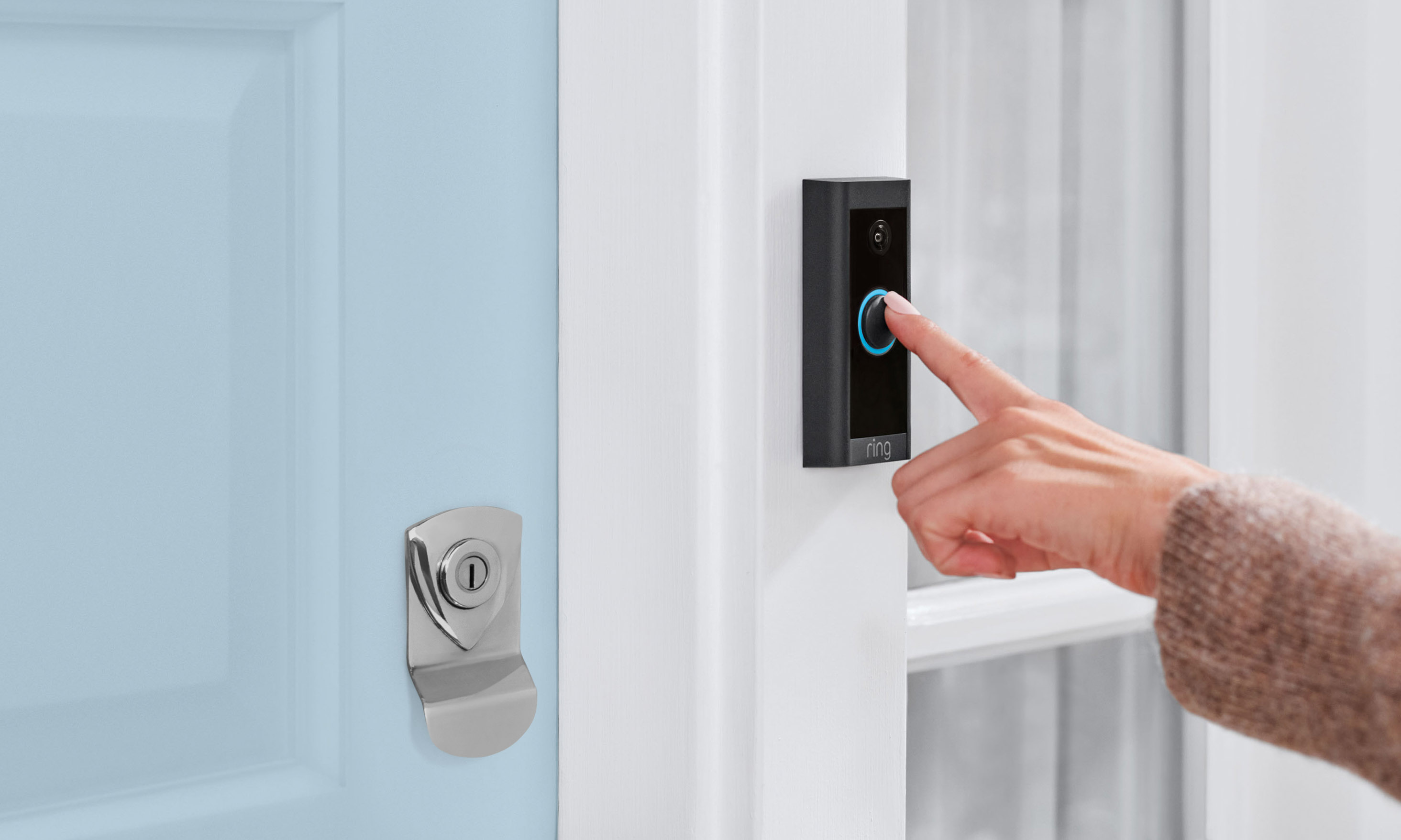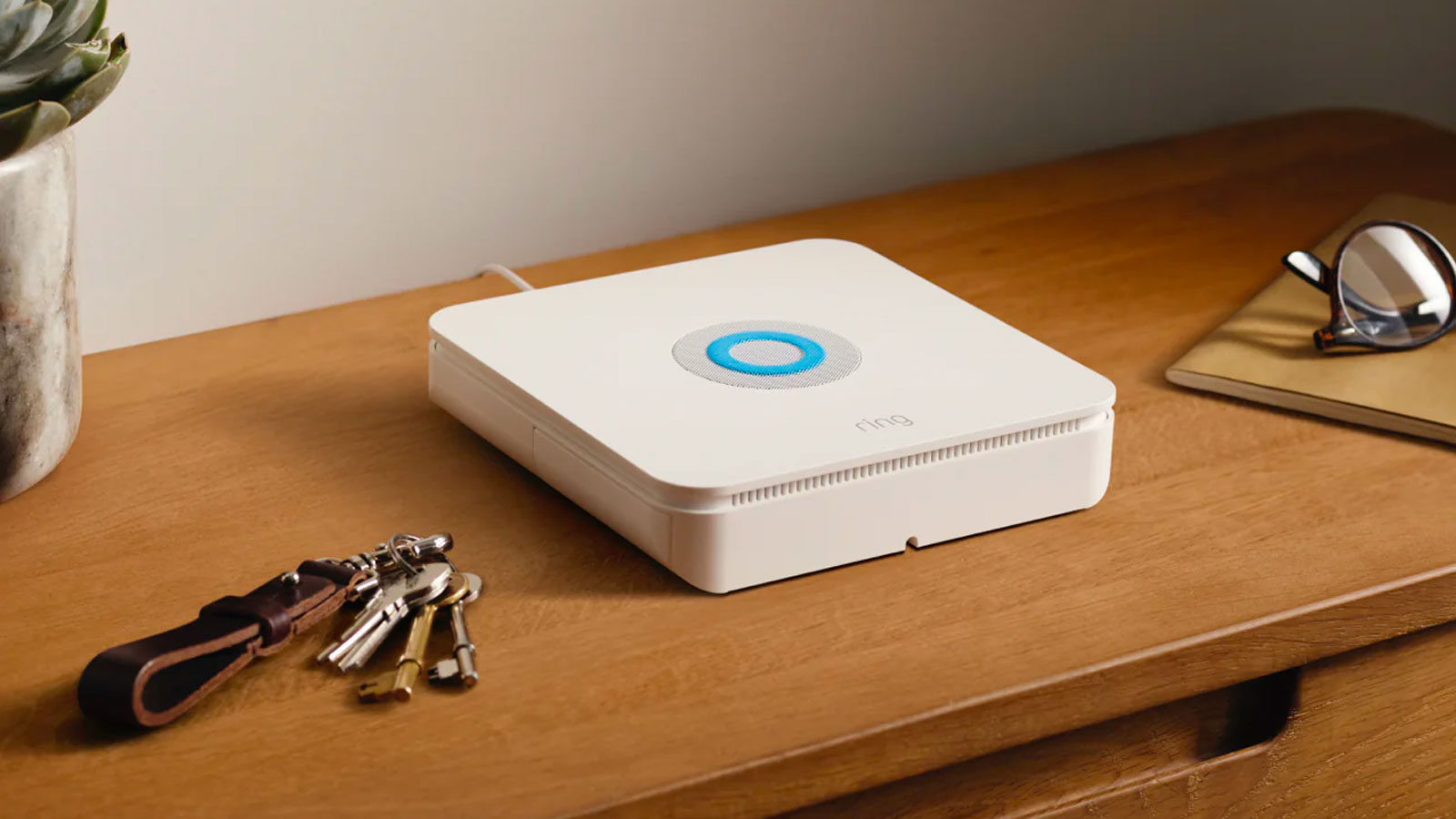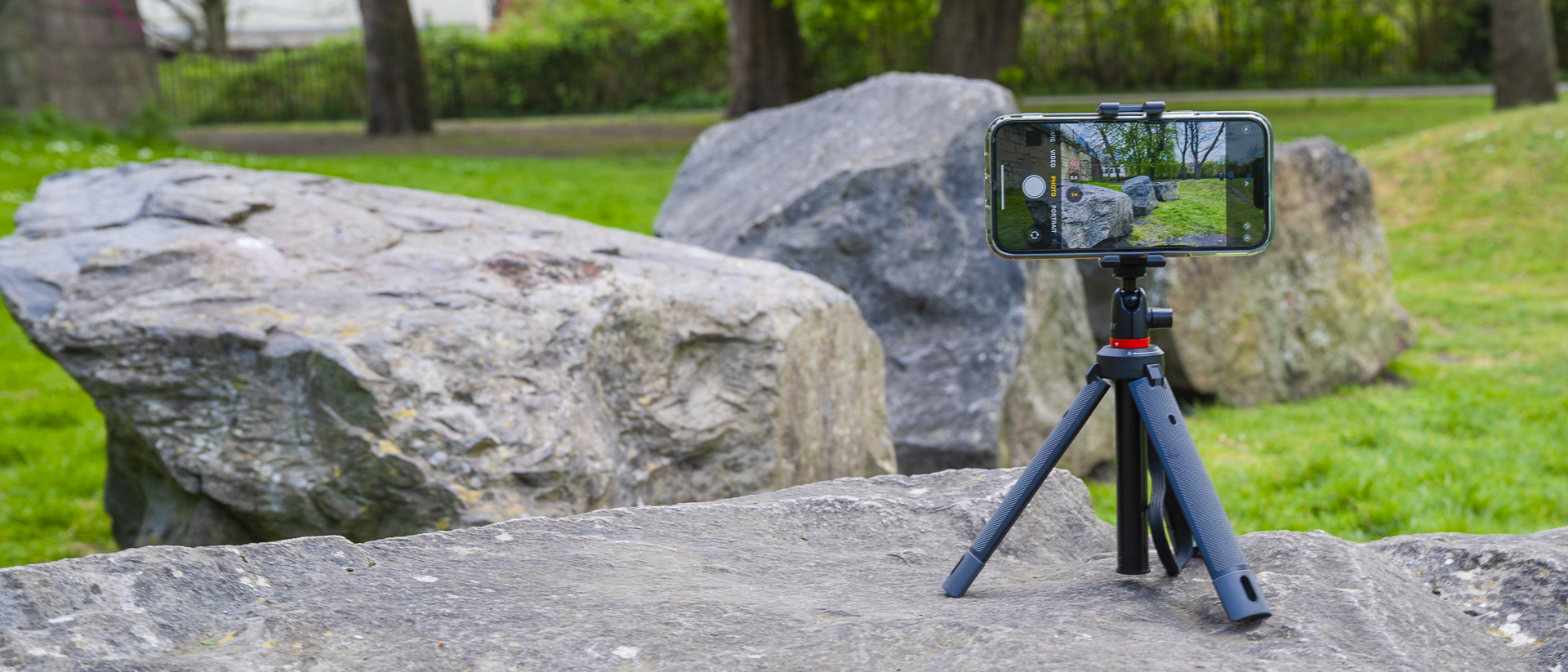Features will vanish from your Ring devices next week... UNLESS YOU PAY
Got Ring? You may not have some features for long, as more of them are shifting behind a subscription from March 29

Users of Amazon-owned Ring's range of security cameras using the basic free plan will lose access to mode settings from March 29. This will apply not just to new customers but existing owners of existing Ring cameras and doorbells in the USA and Canada. In addition, the Ring Alarm system will now require a Ring Protect plan for all new customers.
The Home and Away Mode enables users to disable motion sensors when at home to prevent being overloaded by multiple alerts from their device(s). This will now belong to the package of features only enabled via a subscription (this shift will not affect UK users). Ring currently charges $3.99 / £3.49 / AU$4.95 per month per Ring camera or device, or $39.99 / £34.99 / AU$49.95 a year, for this 'Ring Protect Basic' plan. 'Ring Protect Plus', accommodating unlimited devices, comes in at $10 / £8 / AU$15 per month, or $100 / £80 / AU$150 a year.
• These are the best doorbell cameras to keep your home safe and secure
The principal advantage of what Ring call 'an optional subscription' is automatic cloud recording of events captured by the cameras. By default, this is set to 30 days but can be increased to 180. Without it, the camera and doorbell's main functionality is live view; you see an alert (triggered by motion or a doorbell press), view the live video, and talk using two-way chat.
In fairness to Ring, the optional subscription approach is very much the industry standard, with similar approaches taken by the likes of Arlo, Google Nest, and others. It is also true of the other Amazon-owned company in this space, Blink, but it also offers the option of local storage via a modestly priced hub.
What is unusual, however, is a retrospective shift in the user experience. Sadly this gives a clear idea of the power imbalance in these subscription plans.

The same 'freemium' model was also applied to the Ring Alarm. This device, now in its second generation, works via the Ring app and is made up of traditional alarm devices – like a keypad (to arm / disarm), a siren, motion sensors, and contact sensors.
Get the Digital Camera World Newsletter
The best camera deals, reviews, product advice, and unmissable photography news, direct to your inbox!
Here, too, the modes feature is being put behind the subscription paywall. At the moment you can use the app to switch modes and receive alerts when the system is triggered. That will not be true for new Ring Alarm customers, who will get no 'smart home' utility from the app without a subscription. Unlike the cameras and doorbells, however, existing owners won't be forced to cough up, for now. Instead, existing Ring Alarm base stations will be grandfathered.
Ring has a history of provoking rage from its customers. The previous price increase, in July 2022, took a monthly subscription from $3.00 to $3.99, and £3.50 to £3.49. This above-inflation rate increase to the current pricing incited a significant backlash.
The Ring price plans are the same across the devices, however, from the cheapest doorbell to floodlight cameras.
If you enjoyed this article, you might want to check out our guide to the best Ring cameras and the best outdoor security cameras, and see which system fares best in our Blink vs Ring head to head.

With over 20 years of expertise as a tech journalist, Adam brings a wealth of knowledge across a vast number of product categories, including timelapse cameras, home security cameras, NVR cameras, photography books, webcams, 3D printers and 3D scanners, borescopes, radar detectors… and, above all, drones.
Adam is our resident expert on all aspects of camera drones and drone photography, from buying guides on the best choices for aerial photographers of all ability levels to the latest rules and regulations on piloting drones.
He is the author of a number of books including The Complete Guide to Drones, The Smart Smart Home Handbook, 101 Tips for DSLR Video and The Drone Pilot's Handbook.
